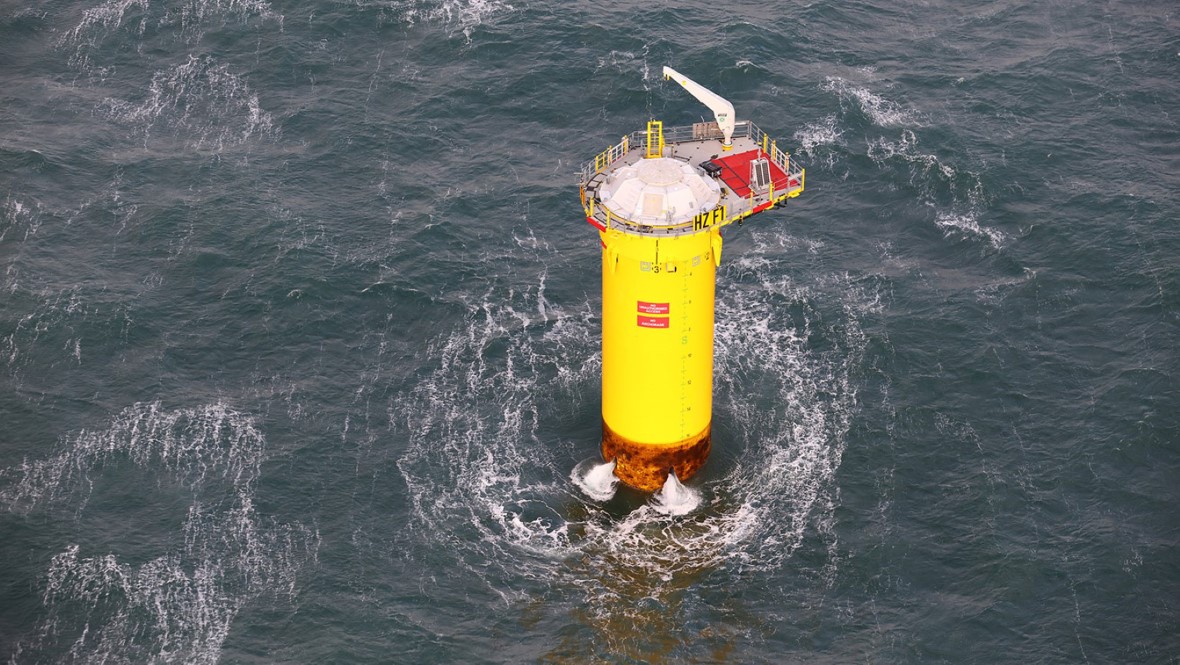The Netherlands – Vattenfall has teamed up with De Rijke Noordzee, a Dutch nature conservation organization, on a study to see how nature-friendly turbine foundations can help marine life.
The research is being carried out at the offshore wind farm Hollandse Kust Zuid in the Netherlands.
Fish and other marine species can enter and exit through water replenishment holes in the foundations of wind turbines. Vattenfall and De Rijke Noordzee collaborated on the study, which is the first to look into what the water replenishment holes could mean for marine life.
The goal of the research is to see how much of the inside of the turbine foundations can be used by marine life as a place to settle, shelter, and feed. The research is being carried out at the Hollandse Kust Zuid wind farm, which is located between The Hague and Zandvoort, 18 to 34 kilometers off the Dutch coast. NIOZ, the Royal Netherlands Institute for Sea Research, is also a participant in the research.
Future blueprints
The elliptical openings, which measure about 30 centimeters by 1 meter and are located above the seabed and just below the water surface, are approximately 30 centimeters by 1 meter in size. Several times over the next few years, data will be collected to track the evolution of biodiversity. De Rijke Noordzee scientists conducted their first series of measurements last winter. The findings will be included in a toolbox developed by De Rijke Noordzee called “Nature development in wind parks.” Its open-source nature makes repurposing it in new projects simple and cost-effective.





